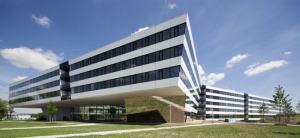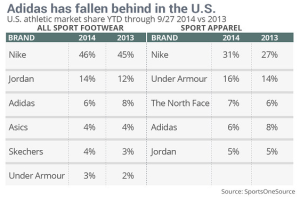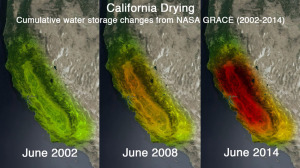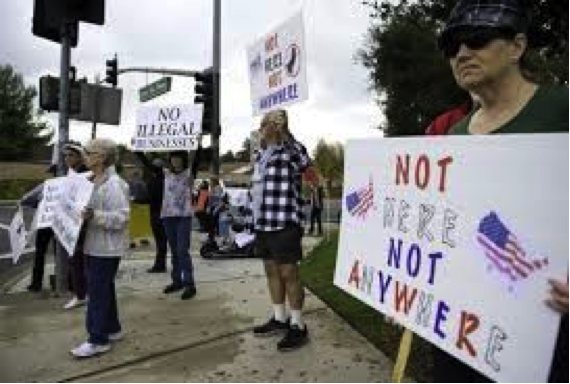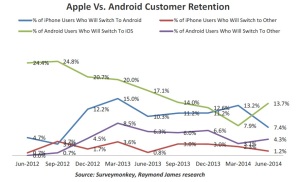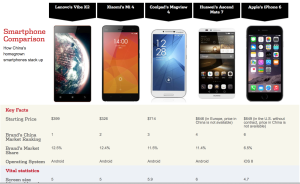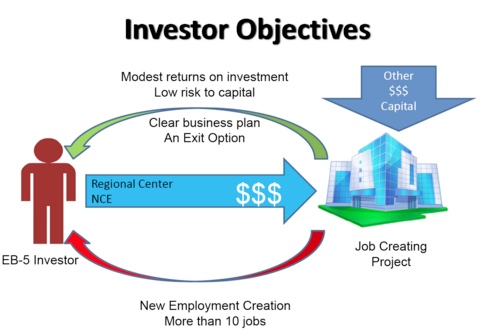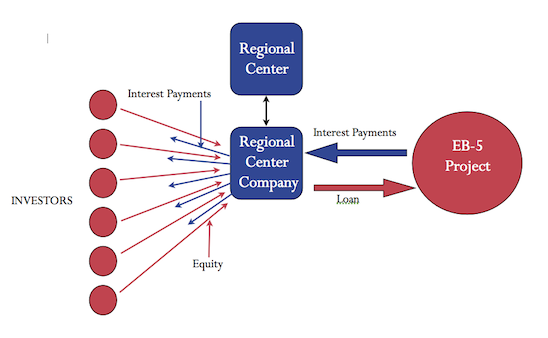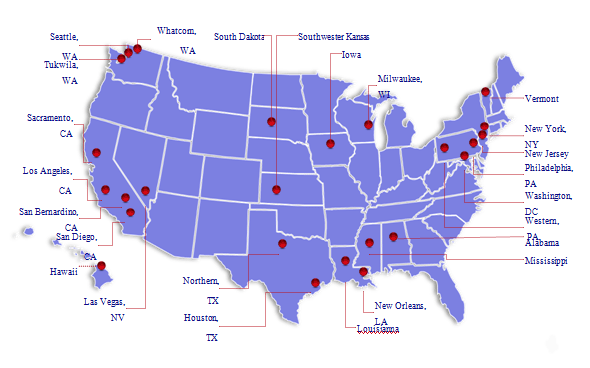A former co-founder of a travel management company, Greg Mayben in 2013 co-founded SkyCorporate – a corporate short-term rental company based in Los Angeles Downtown – with his partner Temil Marmon who was an experienced realtor. And he called this company a product of “marriage” between traditional real estate industry and traditional hospitality services.
Six years before founding SkyCorporate, Marmon owned a 22-unit apartment building and signed 12-month leases to tenants in one business district of New Mexico, where few local people tended to live or extend leases. So he started looking for a change. Almost at the same time, Mayben, had spent 25 years in travel services, started looking for a challenge.
“I mean real estate is very fragmented. That reminds me of travel service was three decades ago,” Mayben said. “I saw it’s getting ready for change. I don’t really want to be a part of the old-school business model, which is typically brokerage, whether it’s commercial or residential.”

